An absolute success among the online community all around the world, League of Legends is a MOBA (Multiplayer Online Battle Arena) launched in 2009 by Riot Games and which has never lost its relevance in the scene and on the market since then. Based on the concept of two opposing teams, composed of five players each, competing in fantastic battles to destroy the enemy base and achieve victory, the game has been undergoing changes, updates, reworks and many other adjustments of increasingly better quality to maintain its imposing and unquestionable position in the games market.
Ad
Something that has always been widely explored by developers are Rotating Game Modes, alternative game modes that change the map, the objective or the way in which you play the matches. Most of these modes, as the Rotating name suggests, stay available for a few weeks and are then taken off the client, serving mostly for players to experience something different from the same old Summoner's Rift that even those who aren't fans of the game are well acquainted with.
These experiments have already had great success to the point of becoming official modes, such as what happened with ARAM many years ago, with the addition of the Howling Abyss map, with a single route for both teams to fight each other incessantly in matches of around 15 to 20 minutes with randomly chosen champions.

While only ARAM existed as a permanent alternative game mode (apart from TFT - Team Fight Tactics - which is a game similar to AutoChess, completely separated and that can even be played directly on mobile without the League Client), other highly successful modes would not be able to consolidate themselves as permanent due to the difficulty of balancing them. URF, for example, causes all champions in the game to have the costs of their abilities removed, as well as a reduction of around 80% for all cooldown times, becoming a truly crazy, funny and entertaining race, but one that wouldn't work competitively.
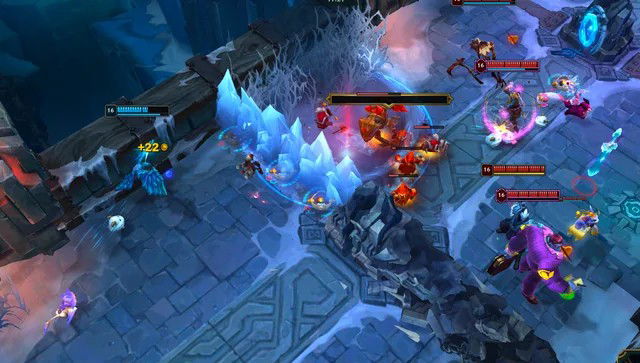
When the Arena mode appeared, expectations were already different: for the first time, players would be paired with just one companion, instead of four others, and would have to battle against three other pairs in the same lobby.
The game, also popularly known as 2v2v2v2, quickly became popular due to its competitive advantage and the ability to bet on increases and Augments between rounds, random and with a maximum value of Rerolls available, making it so that each match turns out entirely different from the previous ones. Characters with a lot of damage and little resistance eventually started to build Tank items, Tanks started to build Ability Power or Attack Speed, all based on which rare and powerful Augment the player was lucky - or unlucky - to pull.
In this article, UmGamer will bring you not only a review of the Arena mode, but a more general one of the biggest and best updates for the mode which, this time, has doubled in size to accommodate sixteen players divided into eight pairs and which, if it continues to be as successful as it has been in all its appearances so far, still has a chance of remaining in the Client as a new permanent competitive and even ranked game mode.

Ad
Getting to know the Arena
To better understand the changes which appeared in this new version of the Arena, let's first remember how the game mode worked the two times it has been previously playable.
The match consisted of four pairs which rotated among each other for a series of 2v2 Rounds. Before each round’s battle, it was possible to buy items and juices, roll for Augments and test your damage on a training puppet (dummy).
The items, for the most part, were the same as in Summoner’s Rift with some changes to a few of them. Unlike classic League, however, it was only possible to purchase complete items (Legendaries) at once, instead of purchasing components as you acquired Gold.

Also in the match store, it was possible to buy juices which increased your damage, resistance or utility, granting you specific attributes for the current Round. It was also possible to buy a hat that added absolutely nothing to the champions, but just gave them the aesthetic touch of a random hat on the character's head - and that could be accumulated forever as long as you wanted to spend your money on them.
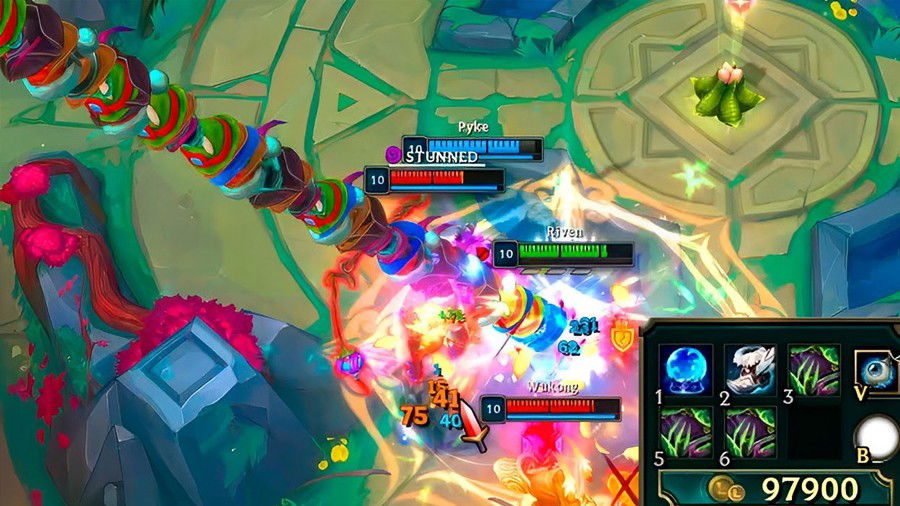
In rounds 2, 5, 8 and 11 it was also possible to roll for Augments, which could range from bonus and/or cumulative attributes to items, passive skills, rune combinations, etc. Their levels could be silver (weaker), gold (usually more balanced) or prismatic (more powerful), and all the players in the entire match received Augments of the same level in the rounds in which they were available so that there could be no discrepancies between one team getting two prismatics while another gets two silver ones, for example.
Which upgrades would appear to you in each round, however, was randomized, and the game gave you a total of three Rerolls to try your luck in case the RNG hadn't been so kind to you. Rerolls could not be recovered.
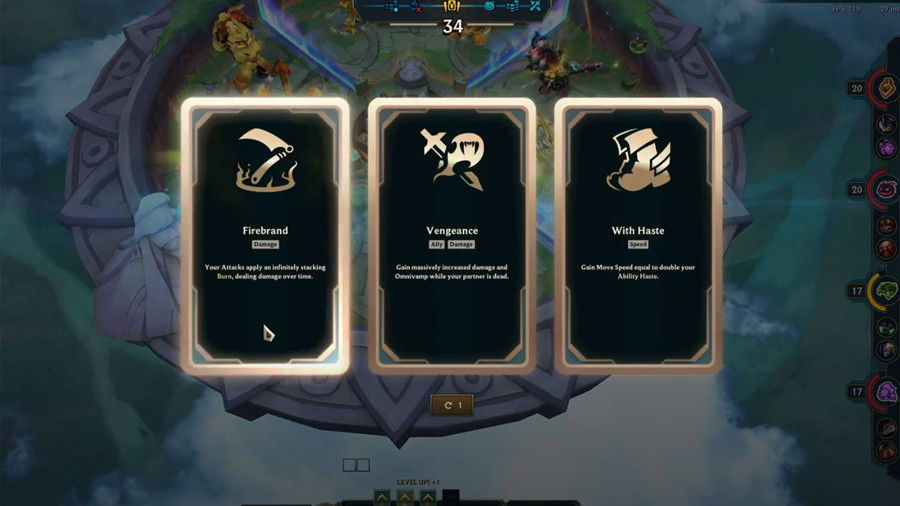
Each pair started off with 20 life points and, with each defeat, lost a certain amount until being eliminated if and when they reached 0 points. Each round was worth a different number of points to be lost, never to be gained, and this value always increased with each certain number of Rounds (to prevent players from leaving the Arena too early while also preventing the entire match from being too long).
At the battle stage of each Round, the pairs were sent to one of four available arenas to battle against each other. The maps of these arenas could vary from being shorter, longer, having more walls and obstacles or being cleaner and easier to move around in.
It also featured special appearances by neutral characters, such as a Sett who, after receiving a certain amount of damage, retaliated with his W punch in an enlarged area in the direction of the nearest enemy; or a Thresh walking around the arena and throwing the flashlight to quickly pull someone closer to him.
Ad
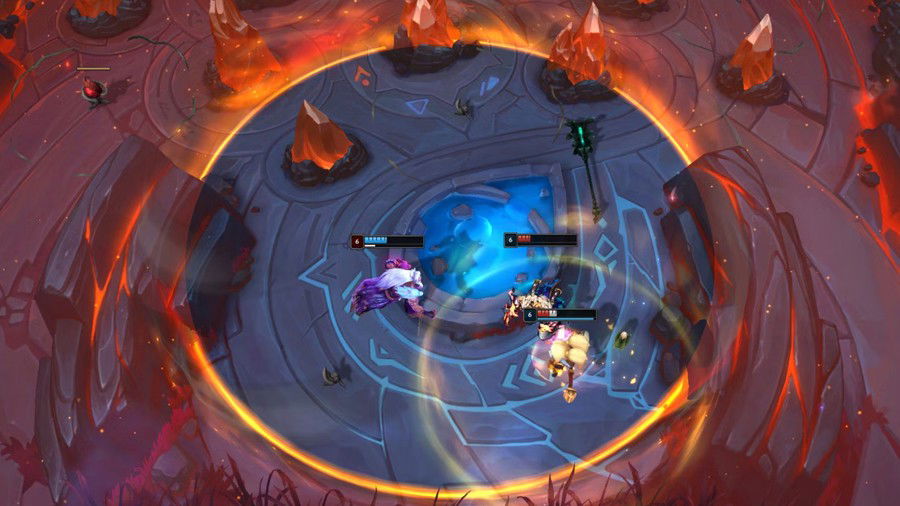
The matches used to take between 9 and 12 Rounds to finish, giving the two pairs who came in first the victory with first and second place, while the other two suffered defeat with third and fourth. It was possible to increase your Ranking in Arena mode, although it was only an aesthetic element for players who frequented it regularly.
The New Version
The developers kept the entire main idea and essence of Arena mostly untouched, while trying to correct some of the flaws that the rotating mode had been showing. The first one was in relation to how the 2v2s became repetitive after certain rounds, since the weaker teams were eliminated and the game ended up becoming a sequence of the same battles over and over again.
Gold from kills, in addition to the gold gained between Rounds for the purchasing stage, made certain Augments either useless or weak, as it was always possible to buy or exchange items at any time without needing a lot of extra gold - which ended up just being left over for juices most of the time. On top of that, there was the issue of some items being much more efficient than others, even though they all cost the same amount: 3000 gold.
To fix the repetitive combat problem, the number of competitors doubled, now having sixteen players separated into eight pairs, again all rotating so that they can battle at least once against all the others before they start to repeat themselves or be eliminated. To this end, the main lobby where the purchases are made has been changed and now has a beautiful, more colorful setting, full of references to the universe of Runeterra.
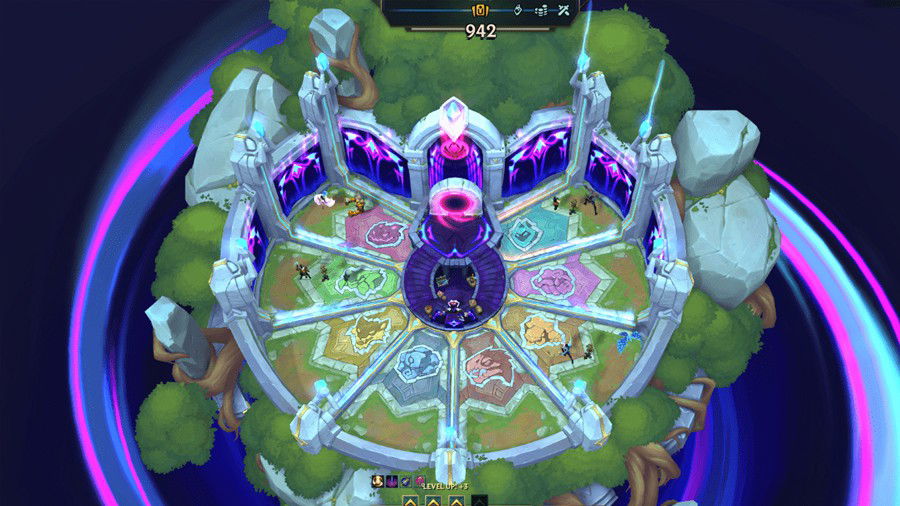
Now each pair starts with 100 points and, with each defeat, loses between 10 at the beginning and more than 50 in the final rounds. The game continues happening in an average of 9 to 12 Rounds (up to 14 in cases of well-balanced matches) and lasts around twenty minutes to get to a winning pair.
The Augments system remained identical, with just some balance changes made to a few of them, with the classic buffs and nerfs to fix those that were too weak or too strong, respectively. Now the player gets his Augments in rounds 1, 5, 8 and 11, only changing the first of them, which now arrives in the initial round, instead of in the second as it happened previously.
With the removal of the Mythical items from the classic League of Legends, the Arena mode also underwent a revamp to its store. The Legendary items continue to be sold only in their finished version, without components to be completed part by part, but their cost has been reduced from 3000 to 2500. All items now give an amount of attributes, statuses and functions that correspond to the lowest value, all of them being relatively balanced with each other.
Ad
It is now also possible to purchase items using the new Anvils system. You can choose the class for the item (Sniper, Tank or Assassin, for example) and buy an anvil for 2000 gold. This anvil will give you 3 random options of legendary items corresponding to the chosen class, giving the player the chance to spend their money on a high-risk vs. possible high-reward, but it could also backfire if the three available items end up not being useful for your character.
In addition to the legendary item anvils, there are also Attribute/status anvils, which cost 750 gold, and give you three options for bonus attributes rolled in the dice to add to your champion. The options will always bring your attribute first and, right after and in parentheses, your rolled number for it. The chosen attribute will be added to your champion for the rest of the Arena match.
The juices are still in the game - and so are the hats - but they now compete with the anvils for priority in the player's gold, who can choose to roll for their permanent bonuses or buy something that grants them guaranteed good value in the desired attribute, but only for one Round.
To finish off with the anvils, we now also have the Prismatics which, for the cost of 4000 gold, once again give you three item options - which are not purchasable in any other way - this time bordering on unbalanced, pending towards very strong or very weak, depending on what you are looking for. From an item that randomizes all critical damage you land, possibly acquiring all Souls of the Elemental Dragons from the Rift, to summoning Voidgrubs to attack your enemies for considerable damage periodically. The game gives you a free anvil in Round 3.
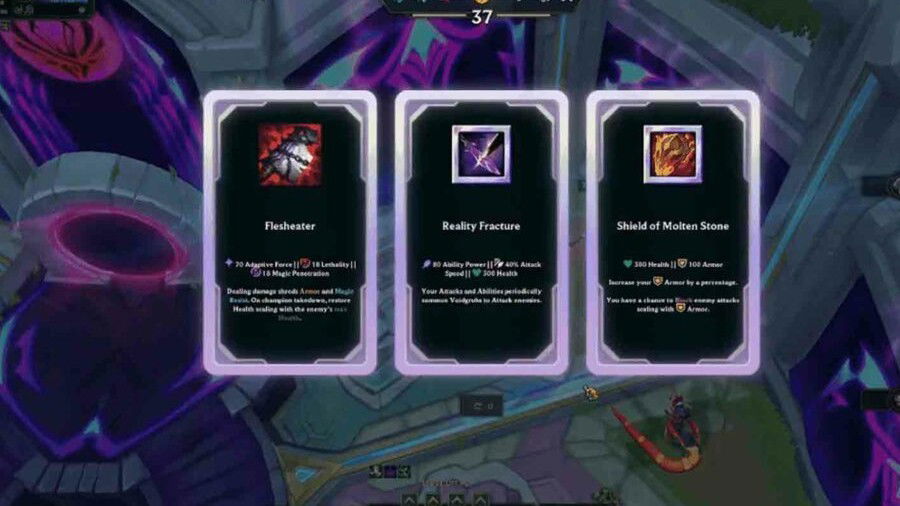
Just like in the previous version, the player starts with a total of 3 Rerolls, but Rounds have been added to recover life points for the winning teams, who are also presented with a Lucky Die. Each lucky die gives the player +1 Reroll, which can accumulate indefinitely (but the maximum is usually between 5 and 6 due to the length of the game and its maximum number of Rounds).
All of these changes in the way the store works presents to the player an issue that was previously not so engaging in the game: the efficient spending of gold between Rounds. Previously, all players had the same amount of items, with exceptions, and normally the extra gold was spent on juices or even hats at the end of the game when there was nothing to buy in the final round.
As it’s currently done, the chance for players to bet on items at cheaper prices, save gold for prismatic anvils or even the choice between spending on some attribute anvils instead of juices between rounds brought more strategy into the game, requiring good knowledge of the basic functioning of the game to be able to make good decisions in short periods of time.

Ad
All of this also increased the chances of totally off-meta builds and strategies working, opening up a much wider range for different champions who no longer need to necessarily build the same items that are already very repetitive on the Rift or ARAM.
We also have an additional map, the Koi Pond, which has three small platforms separated from each other, only periodically joined by a huge water lily which opens for a certain time, before closing again and throwing everyone who was on it to the nearest platform.
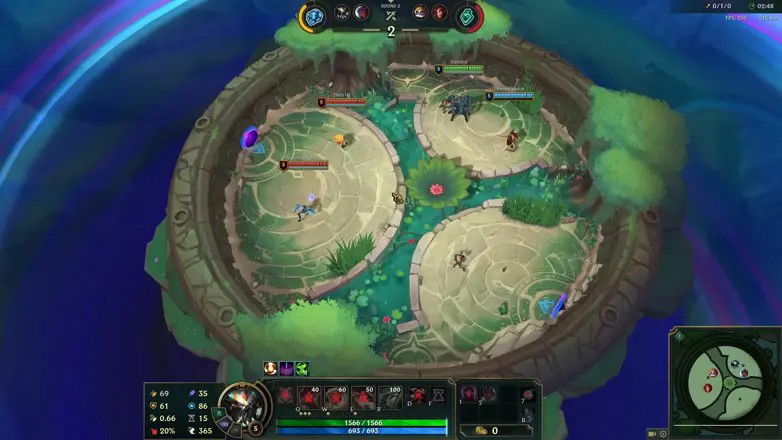
When it comes to obstacles and special appearances, a new feature that hadn't made it past the PBE last time and has now officially been implemented was Jhin, who can appear shooting shots from his Ultimate at the first champion his aim lands on, causing damage and slowing them down. On the other hand, Gwen was removed, as her participation tended to be partially random, frustrating and unbalanced.
Now, Just Play!
Even though there are already metas based on crowd control and regeneration, the unpredictability offered by the changes made to the Arena mode make everything possible. It's always worth trying to play your favorite champions, even if someone says they're not strong in this mode.
It’s not uncommon to see teams shooting up from last place to victory, teams that win everything at the beginning and then start a losing streak, Augments appear and turn the game around or turn a support champion into something invincible - you will always have the chance to try different strategies each match and each Round.
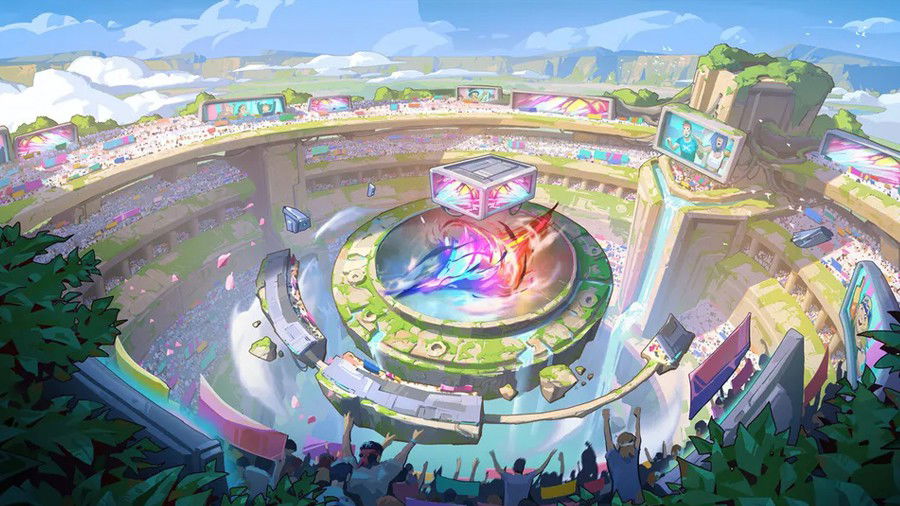
Having a basic understanding of how Augments, items and anvils work will already allow you to start conceiving incredible plans to build a champion in such a completely innovative way that, in the past, you would have been considered a troll. Our recommendation is that the Arena mode be fully experimented on, with the highest number of champions, combinations, innovations and fun matches possible that this triumphant return brought to the League of Legends Client.




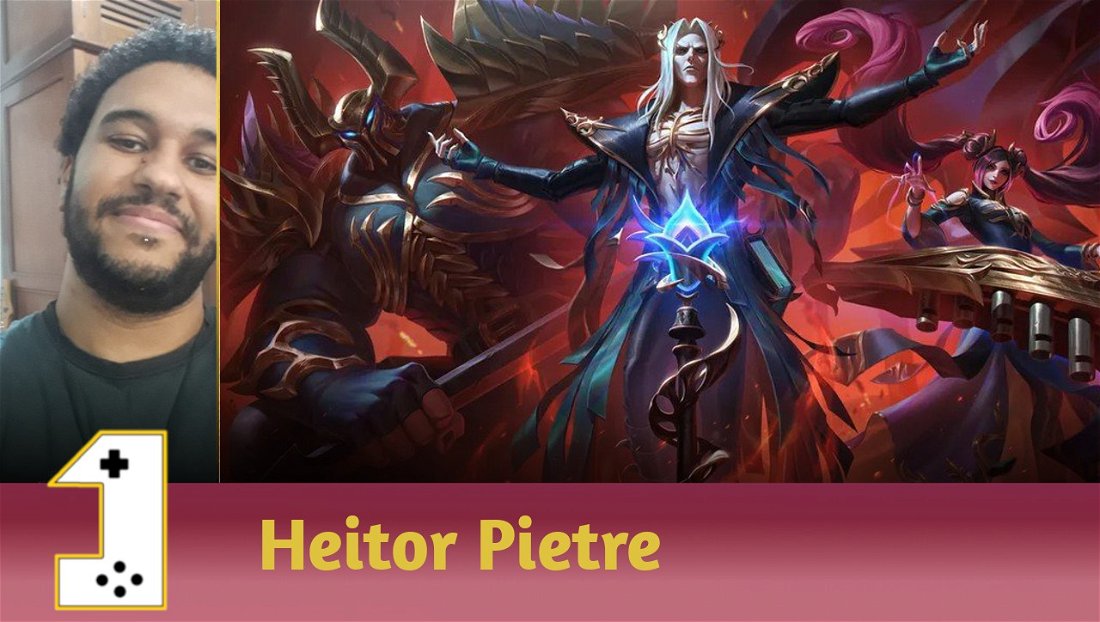



— Comments0
Be the first to comment